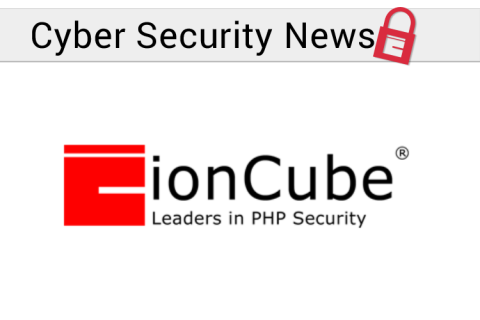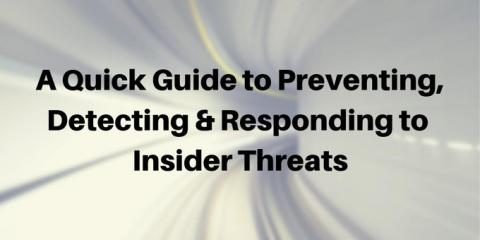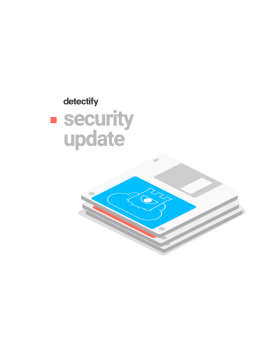Cyber Security + Compliance Controls: What Does It All Mean, Rick?
Throughout my career, I have worked with hundreds of organizations. Regardless of the vertical or size of the organization, I have found that many executives and security professionals feel like the interviewer in the Rickie Fowler commercial when it comes to their organization’s digital security. They don’t know where to start, for instance, nor are they aware of where and how today’s ever-evolving risks and threats affect the respective organization.








